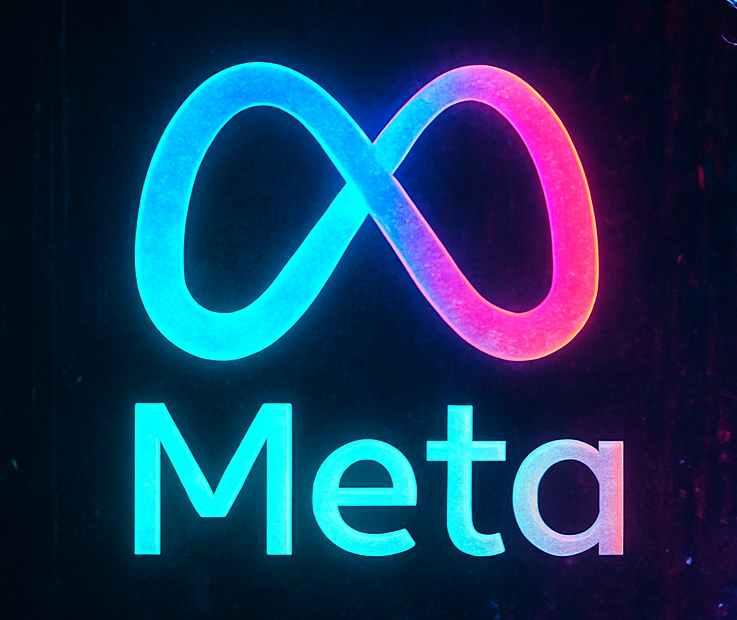In the rapidly evolving world of artificial intelligence, Meta—led by CEO Mark Zuckerberg—is demonstrating an unprecedented sense of urgency. While other tech giants like OpenAI, Google, and xAI are racing to dominate the next era of AI, Meta has taken an unconventional and attention-grabbing route: building temporary data centers using actual tents.

This isn’t a sci-fi exaggeration—it’s a real strategy aimed at supercharging Meta’s computational power without waiting for traditional infrastructure timelines. The move signals how serious Meta is about catching up and possibly surpassing its rivals in AI.
Why Tents for Data Centers?
According to reports from SemiAnalysis and Business Insider, Meta is so focused on deploying AI infrastructure quickly that it is temporarily erecting tent-based data centers while permanent structures are still under construction.
These tent data centers are:
- Fast to deploy – Go up in days or weeks instead of months
- Modular and lightweight – Built using prefabricated power and cooling units
- Functional, not fancy – Designed solely to get GPUs and servers running ASAP
- Temporary but critical – Meant to provide early capacity before larger builds like Hyperion are completed
“This design isn’t about beauty or redundancy. It’s about getting compute online fast!” reported SemiAnalysis. With no backup generation like diesel, it’s clear the emphasis is on speed over stability.
The Hyperion Project – Meta’s Data Center Giant
In tandem with its tent-based builds, Meta is also working on something much larger: Project Hyperion, a massive data center aimed at powering Meta’s future in AI.
Key Highlights of Hyperion:
- Location: Louisiana, USA
- Initial Capacity: 5 gigawatts planned
- By 2030: Estimated to run at 2 gigawatts
- Purpose: To support Meta’s vision of artificial general intelligence (AGI) and AI supercomputing
Meta spokesperson Ashley Gabriel confirmed the scale and ambition of the project in a statement to TechCrunch. The name “Hyperion” itself reflects grand ambition—echoing mythological and astronomical symbolism.
What’s Driving This AI Rush?
There are a few reasons Meta is pushing harder than ever:
- Catching Up to Rivals – OpenAI has ChatGPT, Google has Gemini, and Elon Musk’s xAI is making aggressive moves. Meta wants to regain its AI edge.
- Powering LLaMA and Superintelligence Projects – Meta’s own open-source models, including LLaMA, require immense computing resources.
- Building Meta’s AI ecosystem – From social media to metaverse and beyond, AI will fuel Meta’s future platforms.
- Zuckerberg’s Vision – The CEO has openly talked about creating a future where Meta powers AGI. Tent or not, he doesn’t want to wait.
Implications for the AI Industry
Meta’s bold move to erect temporary data centers in tents might seem extreme, but it reflects a broader truth about the current AI race:
- Speed matters more than perfection
- Compute is the new oil
- Infrastructure dictates innovation
This approach might set a new precedent for other tech firms needing to scale fast. Even if temporary, Meta’s tents show that innovation sometimes means breaking norms.
Conclusion
In 2025, Meta is proving that when it comes to AI infrastructure, speed beats elegance. With tent-based data centers already in use and the Hyperion project underway, Zuckerberg’s company is not just participating in the AI race—it’s sprinting ahead with bold and sometimes unconventional strategies.
As the world watches this rapid evolution unfold, one thing is clear: the future of AI won’t just be shaped by software and models, but by how fast we can power them up.
Related Reads:

